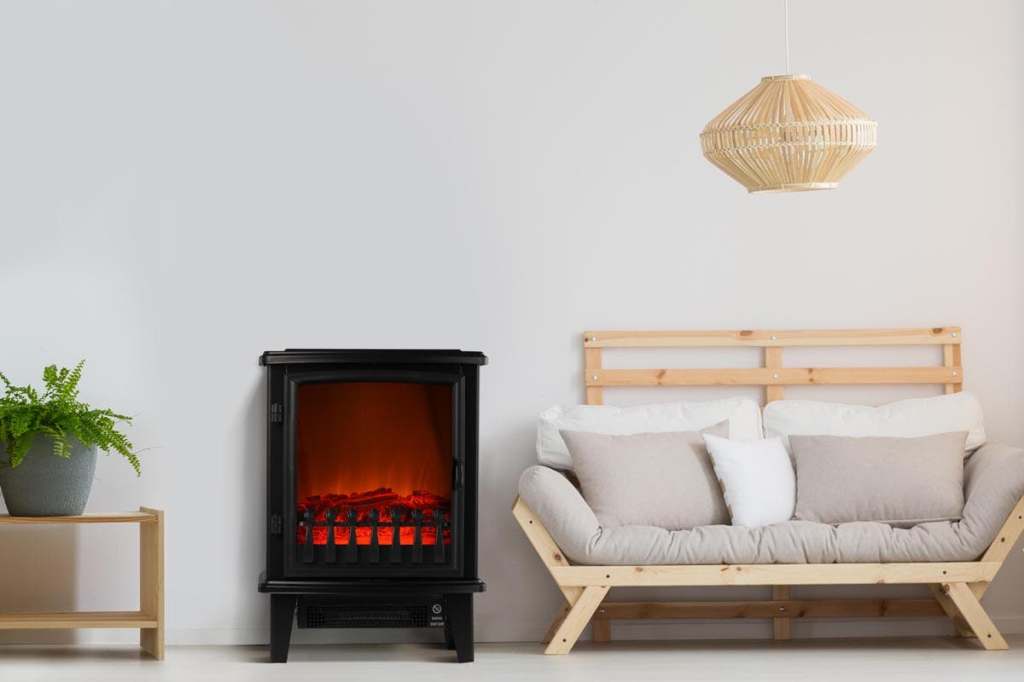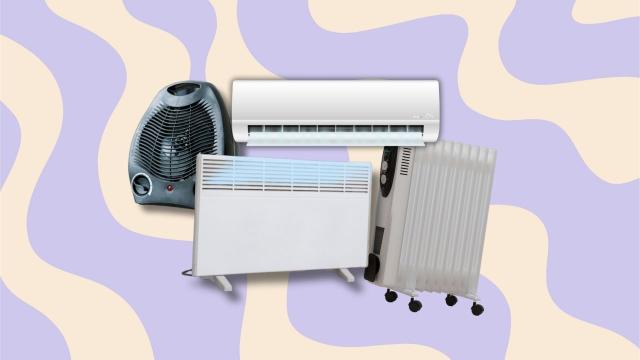Temperatures are starting to cool down as winter slowly creeps back into our lives, and many of us reaching for our heaters to give us some relief. However, we all know that energy bills aren’t exactly kind this time of year, so what’s the best way to save money and stay warm?
Recently, the budget announced an energy bill relief package but many of us are still looking for ways we can stay warm this winter and still save some money. But, according to the Australian Government, heating and/or cooling can account for 20 to 50 per cent of energy used in homes – so if you’re not eligible for said relief, those energy bills can creep up quickly.
Here are some great tips from a bunch of different experts on how you can make some simple changes in your home and how to pick the right heater for you.
Table of contents
How to stay warm in winter and save energy

Which heaters will save you the most money?
With so many different types of heaters on the market, it can be difficult to know which one is best for your home and what will save you money in the long run.
Colin Jones, Category Expert at Appliances Online, said that you should consider these four things when you’re looking for a heater:
- Understand the desired room you want to heat. This includes seeing if you have a gas connection or if you need an electric heater and determining the size of the room. You should also ask yourself if you want to use the heater all the time or just at specific times.
- Make sure your home is well insulated. When heat rises, it can escape through the ceiling. Proper insulation will help keep the warmth in your desired room and help prevent the need for high heat levels.
- Look for a system that you can use all year round, like Split Systems.
- Look for a heater that has the option of a timer function you can use to automatically switch on/off after a period of time.
Jones also shared a really simple way to calculate how much power is required for your desired space:
“A 1000-watt heater will heat up to a 10-square-metre room. A 1500-watt heater will heat up to a 15-square-metre room and so on.”
So what are the different types of heaters available, and what are some good ways to save energy?
Firstly, there are panel heaters, which, according to Compare the Market, have a usage of around 1000W and a daily running cost of $1.00 (in an average home where the heater is used for four hours a day, seven days a week for three months). This adds up to a quarterly running cost of $91.
Panel heaters are ideal for heating large areas like lounge rooms. Some models even have wheels on them, so you can move them from room to room. Others can be wall mounted.
Next are fan heaters, which the team at Appliances Online said are better for heating up smaller areas like bedrooms and home offices.
According to Compare the Market’s research, having a cheaper portable fan heater will cost you nearly $220 to run over winter, which adds up to being 355 per cent more expensive to run than a small reverse cycle split system – which costs, on average, around $50 for the same period. Meaning split pump systems are the most efficient.
“So, while portable devices generally have a smaller upfront cost, they typically chew through more electricity than reverse cycle split systems and can cost you more in the long run,” Meredith O’Brien, Head of Energy at Compare the Market, said.
If your home doesn’t have a split system, however, it’s probably best to go for a panel heater as the most cost-effective option.
Then we have oil column heaters, which have a quarterly running cost of about $136.50.
On the other hand, radiant heaters have a quarterly running cost of about $163.80. So oil heaters win out in this circumstance.
So, looking at Compare the Market’s cost breakdown, it seems that either reverse cycle split systems or panel heaters are the cheapest ways to stay warm this winter.
Other ways to stay warm and save energy this winter
If you already have a heater or don’t want to take the risk of spiking your energy bill, here are some other quick and simple ways to stay warm and save money.
- Get an electric throw: The team at Origin Energy said these are often cheaper to run than heaters and can save you around $150 over winter compared to other types of heating.
- Keep heating to 18-20 degrees: Spokespeople from both Origin and Compare the Market shared that if you heat your area one degree above or below this threshold, it uses about 10 per cent more energy
- Use door snakes: This is a really simple way to retain heat and keep out cold air. Origin Energy spokespeople claimed that door snakes and door seals can reduce heating costs by up to 25 per cent
- Be energy-efficient: The iSelect team said that making small changes like using energy-efficient lighting, turning off appliances at the power socket when they aren’t in use, only heating rooms you’re currently using or opening curtains when the sun is shining through them and closing them before it gets dark to trap in the heat
There you have it, some quick tips on how to save energy but stay warm this winter.
This article has been updated since its original publish date.
Lead Image Credit: Canva/iStock

Leave a Reply
You must be logged in to post a comment.